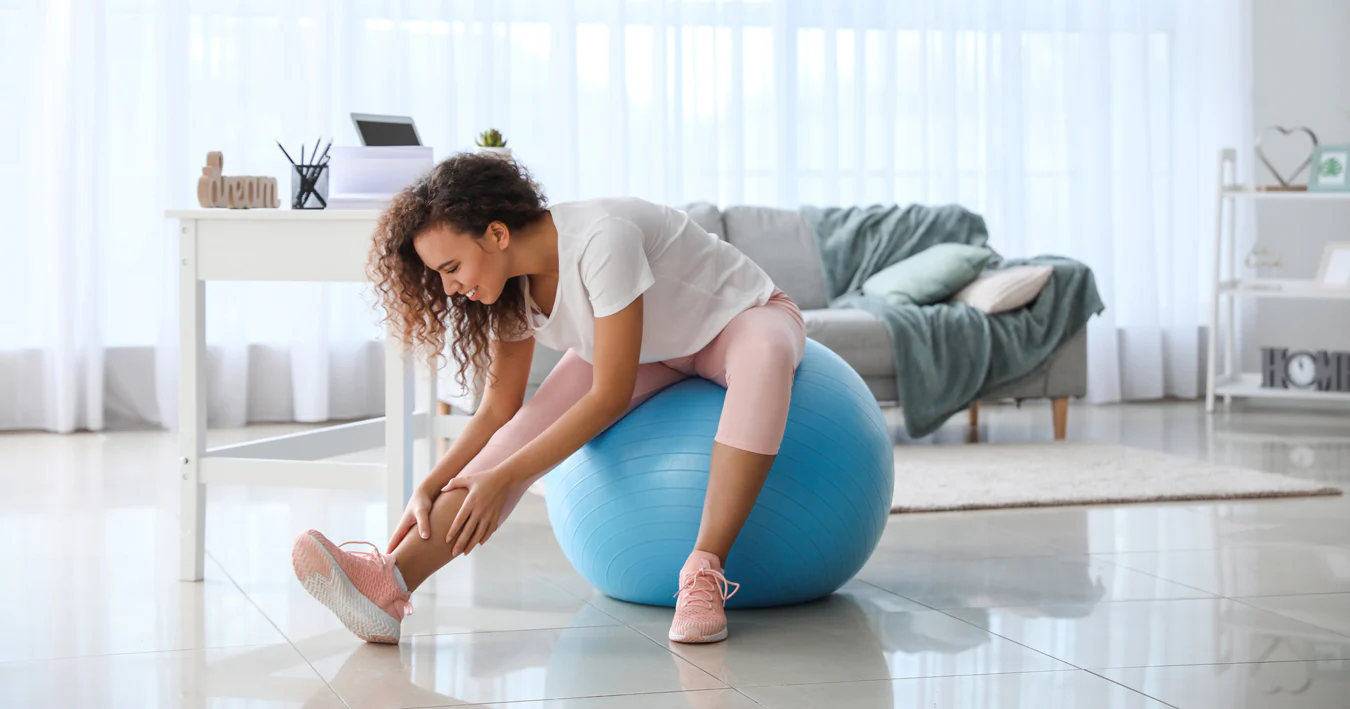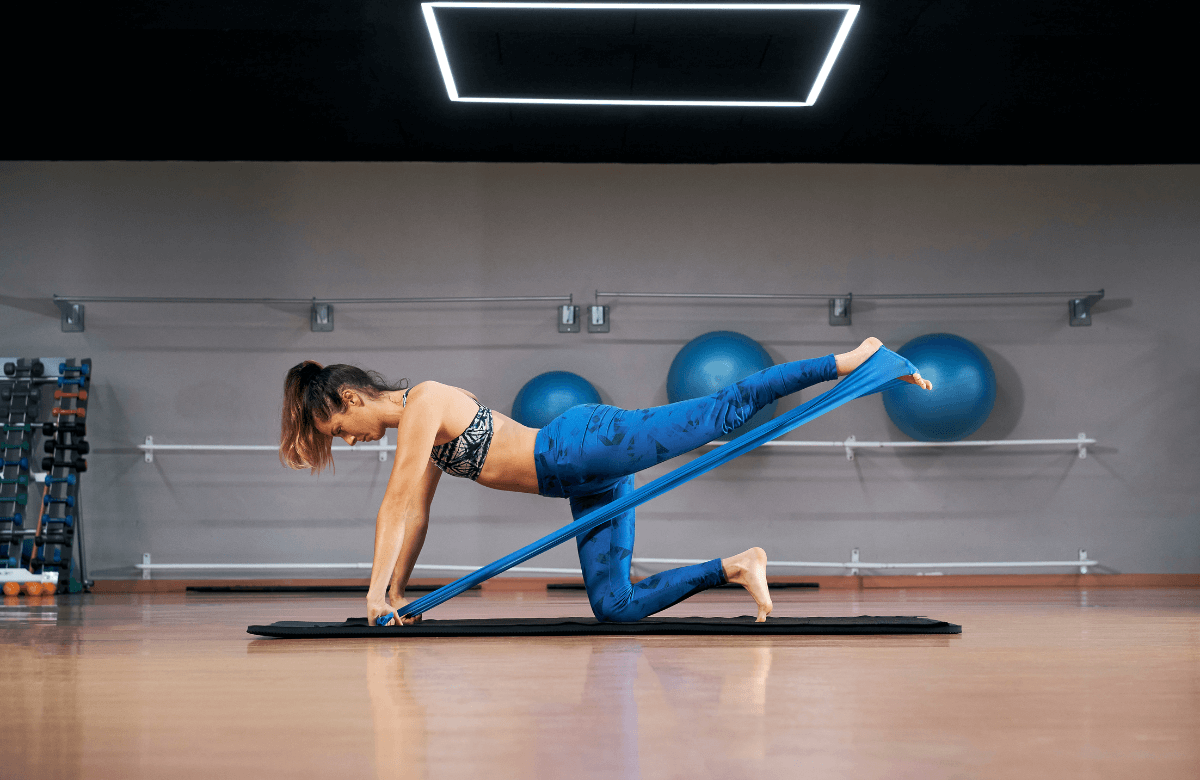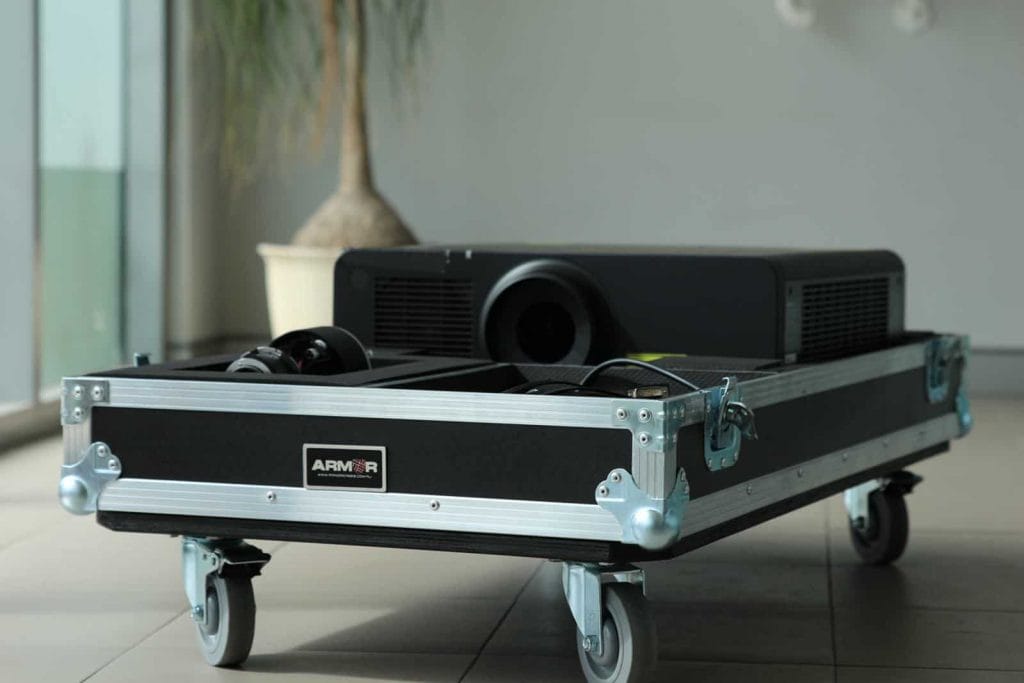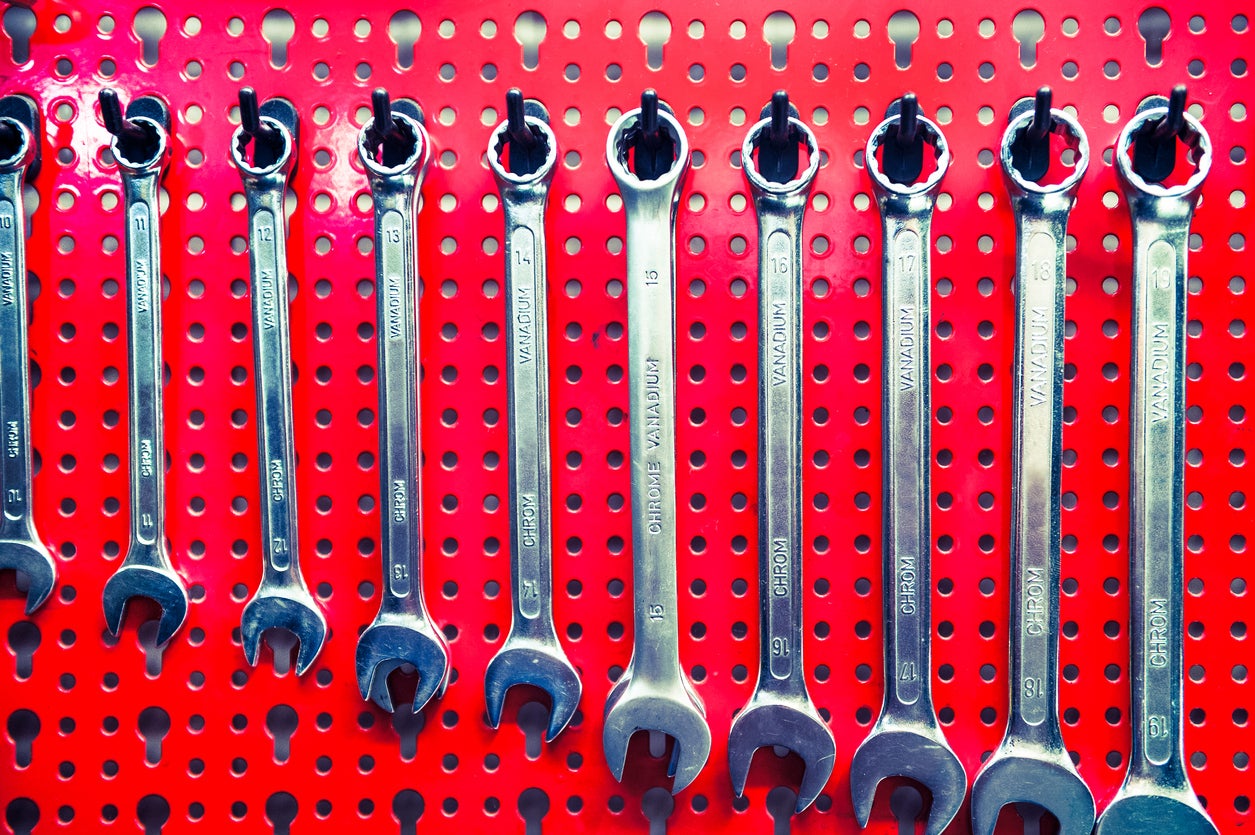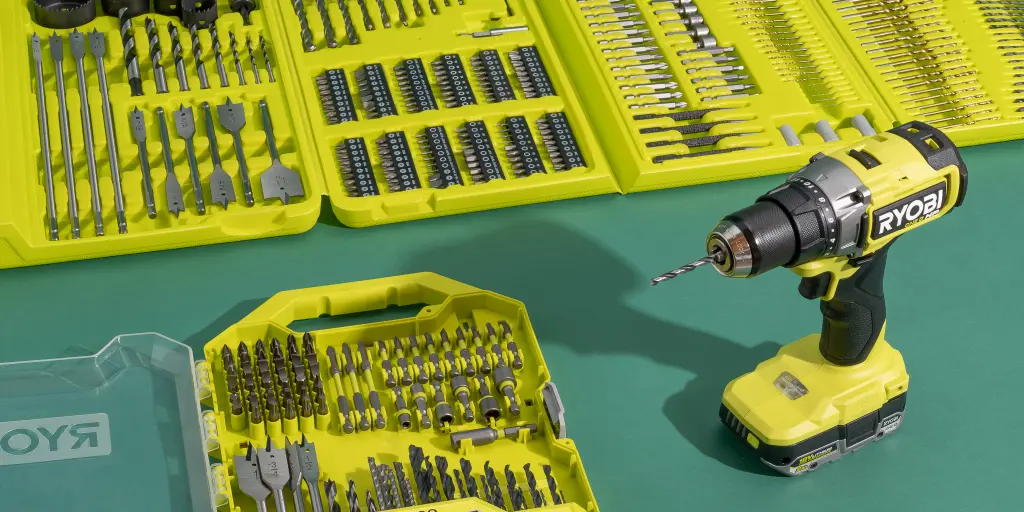Using a yoga ball in your exercise routine can bring about a myriad of benefits. Not only does it add an element of fun and excitement to traditional workouts, but it also helps to strengthen your core muscles and improves your balance and stability. Whether you’re looking to tone your entire body, recover from an injury, or take your yoga practice to the next level, incorporating a yoga ball into your fitness regimen can provide a challenge and enhance your overall well-being. From rehabilitation and physical therapy exercises to Pilates-inspired moves, there are endless ways to utilize a yoga ball to achieve your fitness goals. And with proper technique and safety measures in place, you can confidently unleash the power of the yoga ball in your exercise routine.
Benefits of Using a Yoga Ball in Your Exercise Routine
Have you ever considered adding a yoga ball to your exercise routine? While it may look like just a playful accessory, a yoga ball actually offers a wide range of benefits that can enhance your fitness journey. Let’s dive into why incorporating a yoga ball into your workouts is a great idea.
A Full-Body Workout Tool
One of the biggest advantages of using a yoga ball is that it engages multiple muscle groups simultaneously. Unlike traditional workout equipment that may isolate certain muscles, the instability of the yoga ball forces your entire body to work together to maintain balance. This means that with a single tool, you can target your core, arms, legs, and more!
Improved Core Strength and Stability
If you’re looking to strengthen your core, the yoga ball is an excellent tool to incorporate into your routine. By sitting or performing exercises on the ball, your abdominal and back muscles are constantly engaged as they work to keep you balanced. Over time, this can lead to improved core strength and stability, which can positively impact your overall posture and prevent back pain.
Increased Flexibility and Range of Motion
While flexibility may not be the first thing that comes to mind when you think of a yoga ball, it can actually be a fantastic tool for stretching. The ball allows you to perform a variety of stretching exercises that target different muscle groups. By elongating your muscles and improving your range of motion, you can enhance your athletic performance and reduce the risk of injuries.
A Versatile Tool for Rehabilitation
Due to its gentle, low-impact nature, the yoga ball is often used in physical therapy and rehabilitation settings. It provides stability and support while allowing for controlled movements, making it an ideal tool for individuals recovering from injuries or dealing with joint pain. By incorporating a yoga ball into your routine, you can aid in your own rehabilitation process and speed up your recovery.
- Anti-burst - made with thick and durable materials. We put your safety as a top priority during manufacturing. Rated up to 2, 000 pounds
- Slip resistant - commercial grade material provides an excellent slip resistant experience while caring for your safety
- PROMOTES HEALTH AT WORK- Trideer yoga ball can help alleviate your chronic back pain, sciatica, and glute aches from too much sitting by strengthening...
- FUN WORK SEATING OPTION- Unlike the traditional office chair, this active seating ball provides you relax by lightly bouncing and rolling on it. It...
- [ANTI-BURST & ANTI-SLIP] Reinforced with a honeycomb structure for anti-burst protection, this small pilates ball can support up to 550 lbs of weight...
- [SAFE MATERIAL] The 9 inch workout ball is crafted from high-quality, eco-friendly PVC material, these exercise balls physical therapy meet strict...
- All-Round: The 9 inch exercise ball is one of the essential Exercise Ball Accessories.The pilates ball 9 inch strengthens key muscles. The coregeous...
- Professional Design And High Quality: Small pilates ball is made from soft low-odor flexible. Small exercise ball for core is made from PVC. This...
- [SAFE AND ANTI BURST] APEXUP Exercise ball is made of high-quality, eco-friendly PVC material, which meets stringent safety standards. It's non-toxic,...
- [ENHANCED STABILITY] This yoga stability ball is designed with non-slip lines that provide excellent grip to prevent slipping or sliding during your...
- Looking for a safe and durable exercise ball? Our optimized large exercise ball has a 2.8mm thickened explosion-proof structure with a honeycomb...
- Our workout balls for exercise features a surface design that is exclusive to our YOTTOY brand, incorporating an explosion-proof thread for double the...
- Comprehensive Kit for Multiple Uses: Our exercise ball plug replacement kit includes 10 durable air plugs, 1 convenient remover, and 1 versatile...
- Premium Quality Materials: Crafted from high-quality plastic, our yoga ball plug exercise ball plug replacement kits are robust and long-lasting,...
- ANTI BURST & SLOW DEFLATION - Our exercise ball is made with the honey comb structure which makes it deflate slowly and burst resistant if punctured,...
- NON SLIP SURFACE - The Swiss ball is not picky at all when it comes to the practice venue - be it home, the gym or outdoors, the premium slip...
- BALANCE BALL KIT: Total Body Balance Ball workout kit with small (55 cm) exercise ball for an ideal low-impact core strengthening workout
- WORKOUT GUIDE INCLUDED: Exercise abs, back, glutes, lower and upper body with the included yoga ball and a 105-minute workout designed by fitness...
- PROFESSIONAL GYM GRADE EXTRA THICK EXERCISE BALLs: The Live Infinitely pregnancy ball is intended for balance, core strength, increase cardio...
- SECURED GRIP & DURABLE CONSTRUCTION: The yoga ball chair supports up to 2200 lbs with its robust PVC body. The matte surface features horizontal ribs...
As an Amazon Associate I earn from qualifying purchases. Learn More
How to Choose the Right Size Yoga Ball for Your Fitness Goals
Now that you’re convinced of the benefits of using a yoga ball, let’s discuss how to choose the right size for your fitness goals. Picking the correct size is crucial to ensure you get the most out of your workouts and prevent any potential injuries. Here are some factors to consider when selecting a yoga ball.
Your Height and Weight
The size of your yoga ball should be determined by your height and weight. As a general guideline, if you’re shorter than 5’4″ and weigh less than 150 pounds, a ball with a diameter of 55 cm may be suitable. If you fall between 5’4″ and 5’11” and weigh between 150 and 200 pounds, a 65 cm ball should be a good fit. For individuals taller than 5’11” or weighing over 200 pounds, a larger 75 cm ball may be more appropriate.
Intended Use
Consider the types of exercises you plan on doing with the yoga ball. If you’ll be using it primarily for stretching or rehabilitation exercises, a smaller ball may be sufficient. However, if you’re looking to incorporate dynamic movements, such as yoga poses or strength training exercises, a larger ball can provide more stability and support.
Inflation Adjustments
Remember that the level of inflation can affect the stability and firmness of the ball. Most yoga balls come with a pump for easy inflation and deflation. To ensure proper sizing, refer to the manufacturer’s guidelines for inflation adjustments based on your height and weight.
Core Strengthening Exercises with a Yoga Ball
Ready to strengthen your core in a fun and challenging way? Let’s explore some effective exercises you can perform with a yoga ball to target those abdominal muscles.
Ball Crunches
To perform ball crunches, sit on the yoga ball and walk your feet forward until your lower back is supported by the ball. Place your hands behind your head and engage your core as you perform crunches, lifting your upper body towards your thighs. This exercise not only works your abdominal muscles but also activates your stabilizer muscles.
Plank on the Ball
Get into a plank position with your forearms resting on the ball and your feet extended behind you. Engage your core and hold the position for as long as possible. This exercise challenges your core stability and strengthens your entire body.
Russian Twists
Sit on the yoga ball and walk your feet forward until your lower back is supported. Lean back slightly while keeping your back straight. Clasp your hands together or hold a weight, and twist your torso from side to side. This exercise targets your obliques and rotational core muscles.
Enhancing Balance and Stability through Yoga Ball Workouts
Incorporating a yoga ball into your workouts can help improve your balance and stability, enhancing your overall athletic performance. Let’s explore how you can enhance these skills through yoga ball workouts.
Ball Squats
Stand in front of the yoga ball with your feet hip-width apart. Slowly lower yourself into a squat position while keeping your weight in your heels. As you descend, allow the yoga ball to roll up your back, providing support and balance. This exercise strengthens your lower body muscles and challenges your stability.
Single-Leg Balance
Place the yoga ball against a wall and stand facing it. Lift one leg off the ground and rest the top of your foot on the back of the ball. Find your balance and hold the position for as long as possible before switching legs. This exercise targets your leg muscles and improves your proprioception and overall stability.
Yoga Ball Push-Ups
Assume a push-up position with your hands resting on the yoga ball. Keep your core engaged and perform push-ups, maintaining stability and control. This exercise not only works your upper body but also challenges your balance and stabilizer muscles.
Incorporating a yoga ball into your exercise routine can bring numerous benefits, from strengthening your core to improving your balance and stability. So, why not give it a try? Grab a yoga ball and start exploring the endless possibilities it offers to enhance your fitness journey.
Benefits of Using a Yoga Ball in Your Exercise Routine
Are you looking to add some fun and versatility to your exercise routine? Well, look no further than the yoga ball! This colorful and bouncy fitness tool can offer a wide range of benefits that will take your workouts to the next level.
One of the key advantages of using a yoga ball is its ability to engage and strengthen your core muscles. When you sit, lie, or balance on the ball, you automatically activate your abdominal and back muscles to maintain stability. This constant engagement helps to tone and sculpt your core, giving you that desired six-pack look.
But that’s not all! The yoga ball also improves your posture by encouraging you to sit up straight and align your spine. By sitting on the ball instead of a traditional chair, you engage your back muscles, which support your spine and prevent slouching. Over time, this can lead to improved posture and reduced back pain.
In addition to core strengthening and posture improvement, the yoga ball can enhance your flexibility and range of motion. When using the ball during stretching exercises, you can achieve deeper stretches while maintaining proper form. This increased flexibility can be beneficial for other activities, such as yoga, weightlifting, or even everyday movements.
Lastly, the yoga ball adds an element of instability to your workouts, which challenges your balance and stability. By performing exercises on an unstable surface, such as the ball, you activate smaller stabilizer muscles that are often neglected. This not only improves your balance but also helps prevent injuries by strengthening these often-overlooked muscles.
How to Choose the Right Size Yoga Ball for Your Fitness Goals
Choosing the right size yoga ball is crucial to ensure a safe and effective workout. Just like Goldilocks and her search for the perfect porridge, you want a ball that is just right for your fitness goals. So, let’s dive into the different sizes and how to make the best choice.
Firstly, consider your height. If you’re on the shorter side, a 55 cm ball might be the best fit for you. For those of average height, a 65 cm ball would be the ideal choice. And if you’re taller than average, go for a 75 cm ball. Remember, the ball should allow you to sit on it with your feet flat on the ground and your thighs parallel to the floor.
Next, think about your fitness goals. If you’re primarily using the ball for stability exercises or stretching, a smaller size might be more suitable. On the other hand, if you’re focusing on core strengthening exercises or using the ball as a chair for extended periods, a larger size will provide more stability and support.

Lastly, it’s essential to consider the ball’s weight capacity. Most yoga balls have weight limits indicated on their packaging. Be sure to choose a ball that can safely support your weight and any additional weight if you’re planning to use weights or resistance bands during your workout.
Remember, finding the right size ball is crucial for comfort, safety, and getting the most out of your workouts. So take your time, try different sizes, and don’t be afraid to bounce around a bit before making your final decision!
Core Strengthening Exercises with a Yoga Ball
Ready to strengthen your core in a fun and challenging way? Enter the yoga ball! This versatile fitness tool offers a multitude of exercises specifically designed to target your abdominal and back muscles, helping you achieve a rock-solid core.
One effective core exercise using the yoga ball is the ball crunch. Sit on the ball, walk your feet out, and lie back until the ball supports your lower back. Place your hands behind your head, engage your core, and lift your upper body off the ball while exhaling. Lower back down slowly and repeat for a set of reps. This exercise not only works your rectus abdominis (six-pack muscles) but also engages your obliques for that sexy side definition.
Another fantastic exercise for your core is the plank on the ball. Assume a traditional plank position with your forearms resting on the ball instead of the floor. Engage your core muscles to maintain a straight line from head to toe. This exercise challenges your entire core as well as your upper body, creating a full-body workout.
If you’re looking for an extra challenge, try the ball pike. Assume a push-up position with your shins resting on the ball. Engage your core and lift your hips toward the ceiling, rolling the ball towards your hands. Pause for a moment at the top, then slowly reverse the movement, rolling the ball back to the starting position. This exercise targets your entire core, including your lower abs and hip flexors.
Remember, consistency is key when it comes to core strengthening exercises. Start with a few sets and gradually increase the number of repetitions as your core muscles become stronger. With a bit of dedication and the help of the yoga ball, you’ll be flaunting your toned abs in no time!
Enhancing Balance and Stability through Yoga Ball Workouts
Are you ready to improve your balance and stability while having a ball of a time? Then it’s time to incorporate the yoga ball into your workouts! By adding an element of instability, the yoga ball forces your body to engage smaller, often-neglected muscles responsible for balance and stability.
One great exercise for enhancing balance and stability is the single-leg squat on the ball. Stand with one foot on the ball and the other foot slightly lifted off the ground. Engage your core and slowly lower your body into a squat position while maintaining control and balance. Push through your standing foot to return to the starting position and repeat for a set of reps. Not only does this exercise challenge your balance, but it also strengthens your legs and glutes.
Another fantastic exercise for balance is the yoga ball toe touch. Stand with your feet hip-width apart and the yoga ball in front of you. Balancing on one leg, reach down and touch the ball with your opposite hand while lifting your back leg behind you. Return to the starting position and repeat on the other side. This exercise not only tests your balance but also engages your core and improves your coordination.
For those seeking a more advanced balance challenge, try the yoga ball squat with a twist. Begin by standing with your feet shoulder-width apart and the yoga ball held in front of you. Squat down as you would in a regular squat, then stand up, rotating your torso to one side and lifting the ball diagonally across your body. Return to the center and repeat, alternating sides. This exercise targets your core, legs, and shoulders, all while improving your balance and stability.
Remember, balance is like a muscle – the more you challenge it, the stronger it gets. So grab your yoga ball and start adding more instability to your workouts. In no time, you’ll be wowing your friends with your newfound balance skills.
Conclusion
Using a yoga ball in your exercise routine opens a world of possibilities for improving your overall fitness. Not only does it offer a range of benefits, from core strengthening to balance enhancement, but it also adds an exciting element to your workouts. Whether you’re a beginner or a seasoned fitness enthusiast, the versatility of the yoga ball allows you to tailor your exercises to your specific goals and needs. From Pilates-inspired toning moves to rehabilitation exercises, the yoga ball proves to be an invaluable tool. Incorporating it into your yoga practice takes your practice to new heights, challenging both your body and mind. Remember to prioritize proper technique and safety while using a yoga ball to make the most out of this dynamic fitness tool. So, it’s time to roll with the flow and embrace the power of the yoga ball in transforming your fitness journey.
Frequently Asked Questions
1. What is a yoga ball and how is it used in yoga?
A yoga ball, also known as a exercise ball or stability ball, is a versatile fitness tool used in yoga and other exercises. It’s a large inflatable ball made of durable materials. It helps improve flexibility, balance, and core strength by adding an element of instability to your workouts. In yoga, you can use the ball to enhance various poses, challenge your stability, and deepen stretches.
2. What are the benefits of using a yoga ball in my practice?
Using a yoga ball can bring numerous benefits to your yoga practice. It helps improve posture and spinal alignment, as sitting or lying on the ball engages your core muscles. Additionally, it can enhance your balance and coordination, as it requires stability to perform poses on the ball’s unstable surface. The ball is also great for providing support during challenging poses by offering additional stability and allowing you to access deeper stretches.
3. How do I choose the right size yoga ball?
Choosing the right size yoga ball is crucial for proper usage and effectiveness. To determine the correct size, consider your height. If you are under 5’6″ tall, a 55cm ball would be suitable. If you are between 5’6″ and 6’0″ tall, opt for a 65cm ball. For individuals over 6’0″ tall, a 75cm ball is recommended. Keep in mind that you should be able to sit comfortably on the ball with your feet flat on the ground and your knees forming a 90-degree angle.
4. Are there any precautions I should take when using a yoga ball?
While yoga balls are generally safe to use, there are a few precautions to keep in mind. Always ensure that the ball is properly inflated and not over or under-inflated to maintain stability. It’s essential to use the ball on a non-slip surface and avoid sharp objects or rough surfaces that could damage it. If you have any pre-existing conditions or injuries, consult with a healthcare professional or a qualified yoga instructor before incorporating a yoga ball into your practice.
5. Can beginners use yoga balls?
Absolutely! Yoga balls can be used by beginners as well as experienced practitioners. They offer various modifications and options that cater to different skill levels. As a beginner, start with basic exercises and poses that utilize the ball for support, such as seated or reclining poses. Gradually incorporate more challenging poses as you gain strength, stability, and confidence. Remember, it’s always best to practice under the guidance of a knowledgeable yoga teacher to ensure proper form and technique.

